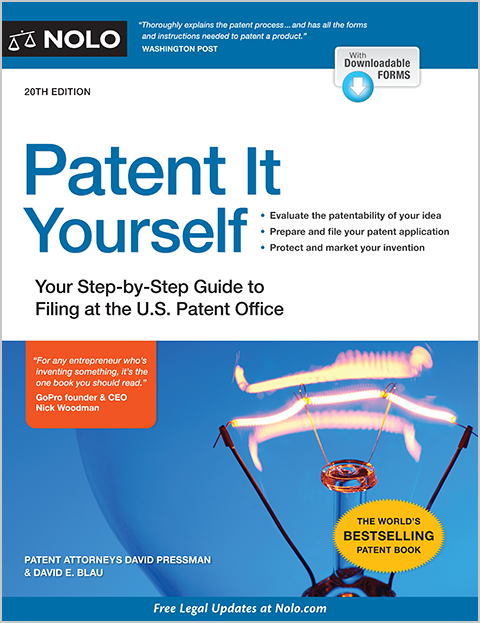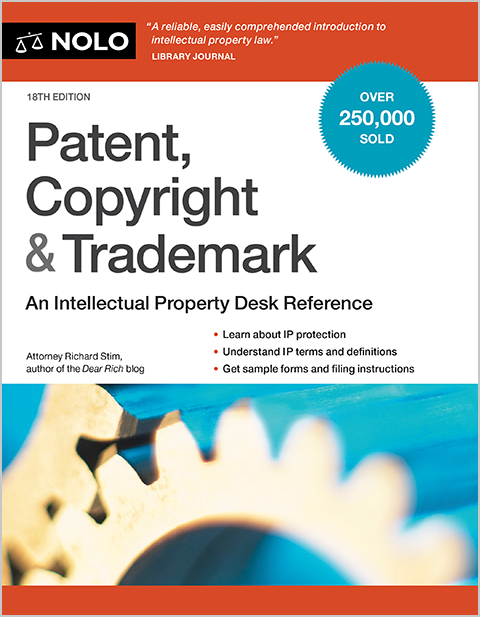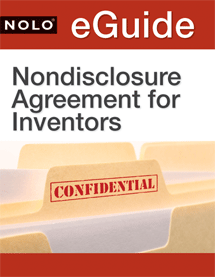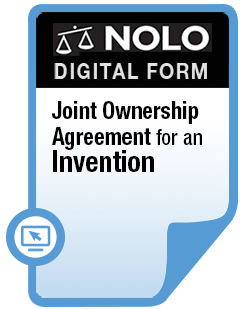The "fair use" doctrine offers educators protection from claims of copyright infringement.
Most educators rely upon the creative works of others to facilitate their teaching. An English teacher might, for example, have his class read and discuss a poem. An art history professor might project images onto the screen in front of the classroom. A drama coach might have her students read and perform plays.
But how do these uses of creative works intersect with copyright law, which gives the creators of those original works, including the poet, the painter, and the playwright, the exclusive ability to reproduce their creations? Educators must be mindful of the boundaries of intellectual property law in order to avoid legal liability.
Guide to Copyright Basics for Teachers
The Copyright Act of 1976 gives creators of original works of authorship a variety of exclusive rights over their creations. For example, under 17 U.S.C. § 106, copyright holders have the exclusive ability to reproduce, perform, and distribute their works.
An author who has registered a work with the U.S. Copyright Office gains the right to sue a third party for infringement in federal court and obtain money damages. So if an author of a novel has a copyright over a book, and someone comes along and photocopies it and begins selling copies, the author can take that third party to court, seeking both monetary relief and a court order that the person refrain from such conduct.
This legal regime can sound frightening to educators, who frequently use the creative works of others in their classrooms. Fortunately, the doctrine of "fair use" creates an exception to the standard liability for copyright infringement for many educational uses of creative works.
The Fair Use Doctrine and Education
Fair use is described in 17 U.S.C. § 107. That section of the Copyright Act says that there's no copyright infringement if the use of the material is fair, in other words "for purposes such as criticism, comment, news reporting, teaching (including multiple copies for classroom use), scholarship, or research."
To evaluate whether a particular usage of a copyrighted work qualifies as fair, a court will consider four things:
- the purpose and character of the use, including whether it's of a commercial nature or is for nonprofit educational purposes
- the nature of the copyrighted work
- the amount and substantiality of the portion used in relation to the copyrighted work as a whole, and
- the effect of the use upon the potential market for or value of the copyrighted work.
Educators, like everyone else in society, are subject to copyright laws. They are not immune simply because they happen to be teachers.
However, because of the nature of their work, educators can often make a good faith claim that their conduct falls within the doctrine of fair use because it is for "criticism," "comment," "teaching (including multiple copies for classroom use)," "scholarship," or "research." Indeed, the language of the Copyright Act itself clearly contemplated the use of otherwise protected works in the classroom setting.
While this does provide some comfort for educators, fair use has its limitations. Classroom teachers cannot, under the law, simply photocopy entire textbooks for their students. Authors, publishers, and other copyright holders can still sue educators if their conduct does not comport with the fair use factors listed in the statute.
For example, "the amount and substantiality of the portion used in relation to the copyrighted work as a whole" is an important consideration. Does the teacher need to photocopy an entire textbook, or only a single relevant page?
Consider also "the effect of the use upon the potential market" for the copyrighted work. If a teacher hands out free copies of a poet's poetry, surely that poet is losing substantial revenue (in the form of book sales) as a result.
Avoiding Copyright Lawsuits in Educational Settings
To avoid accusations of copyright infringement as a teacher, here are some tips:
- Encourage or require student purchases: Undoubtedly, the easiest method of avoiding any accusation of copyright infringement is to have each student buy a copy of the work in question. This is not a popular solution among cost-conscious students, nor is it efficient if you want your students to read only a small portion of a work. However, if you can find a compendium containing many of the necessary materials (a textbook or anthology), it could be worthwhile.
- Rely on libraries: Another option is to utilize your school (or community) library. If the library has one or more copies of a book in stock, students can physically go to the library and take turns reading the work. While this might be burdensome for the students, it avoids any infringement. It also has the secondary benefit of forcing them to explore the library and interact with librarians.
- Provide attribution of the sources: If you do copy a work for your class, whether a painting, poem or essay, always include the name of the author with a full citation to wherever it was originally published along with the copyright symbol (©). This will avoid any implication that your copying was done in bad faith. Sometimes, attribution alone is enough to make a copyright holder refrain from initiating litigation.
- Copy only minimally: If you reproduce a copyrighted work for your students, use no more of it than necessary. While there is no concrete percentage established within the Copyright Act, you should avoid reproducing entire creative works.
- Draw on the public domain: As you consider your syllabus, realize that you might be able to use works that are not subject to copyright protection at all. Such sources could offer rich and underutilized teaching materials. Many creative works are in the public domain, meaning that they can be copied and used without any copyright infringement. This is true for nearly every work published prior to 1924. This is also true for any work originally produced by the government (such as agency reports and white papers), since government entities cannot hold copyrights. Moreover, there are many academic journals (and even entire textbooks) that are "open source," meaning their authors have elected not to claim copyright.
Talk to a Lawyer
Need a lawyer? Start here.
How it Works
- Briefly tell us about your case
- Provide your contact information
- Choose attorneys to contact you
- Briefly tell us about your case
- Provide your contact information
- Choose attorneys to contact you



